Attract Wildlife
Wildlife gardening is all about working with the balance of nature. The idea is to enhance your garden to attract a range of wildlife.
START SHOPPING
-
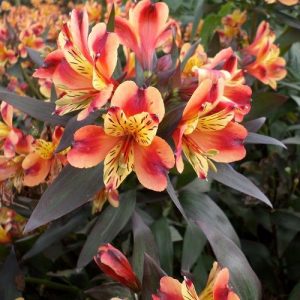
Alstroemeria Indian Summer
€12.99 -
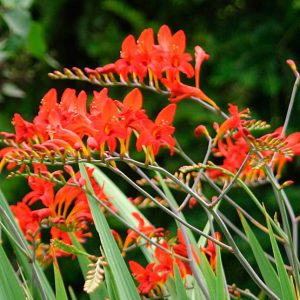
Crocosmia Lucifer
€9.99 -
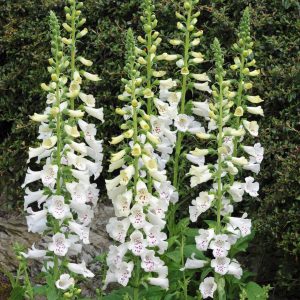
Digitalis Dalmation White
€9.99 -
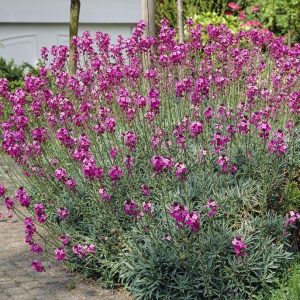
Erysimum Bowles Mauve
€9.99 -

Geranium Rozanne
€11.99 -

Hydrangea Runaway Bride
€29.99 -

Lavandula Essence Purple
€9.99 -
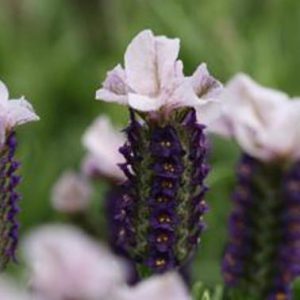
Lavandula Lilac Wings
€10.00 -

Lavandula Munstead
€10.00 -
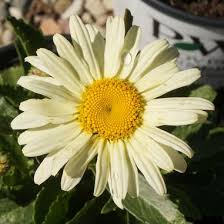
Leucanthemum Banana Cream
€9.99 -

Nepeta Walkers Low
€9.99 -
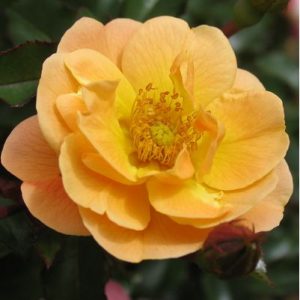
Rosa Flower Carpet Amber
€15.00 -

Rosa Flower Carpet Gold
€15.00 -
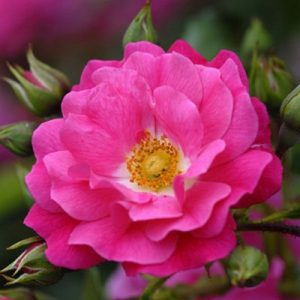
Rosa Flower Carpet Pink
€15.00 -

Rosa Flower Carpet Scarlet
€15.00 -

Rosa Flower Carpet Sunset
€15.00 -

Rosa Flower Carpet White
€15.00 -

Scabiosa Butterfly Blue
€9.99 -
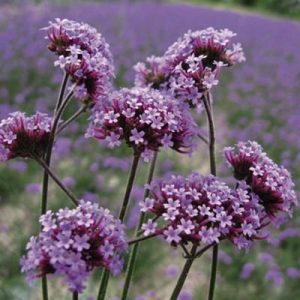
Verbena bonariensis
€9.99 -

Verbena Rigida
€9.99
Below You'll Find Our Guide To Attracting Wildlife.
Looking after your plants
Design
We’ll help you design a garden to attract wildlife into it.
Feed
Depending on the plants you pick you’ll help feed wildlife.
Attract
Flowers will attract butterflies such as peacock and toirtoiseshell.
Encourage
Encourage birds to your garden by feeding them in winter.
Don’t forget the essentials that every gardener needs
-

170mm Adjustable Plant Tie
€4.00 -

35cm Rubber Tree Tie
€1.50 -

60cm Rubber Tree Tie
€3.00 -
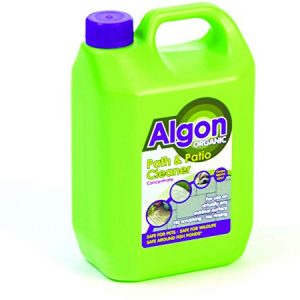
Algon ORGANIC Path & Patio Cleaner
€15.00 -
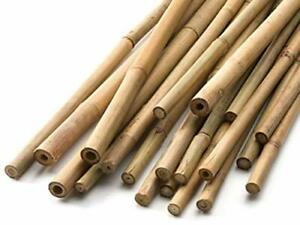
Bamboo Canes small
€5.00 -

Bird Food Nyjer Seed
€2.50 -

Bird Food Peanuts
€2.50 -

Bird Food Wild Bird Seed
€2.50 -

Blue Dinosaur Kids Gardening Gloves
€7.99 -

Bonsai Potting Mix
€7.99 -

Budding Gardener Kids Gloves
€7.99 -

Bug Clear Ultra Gun
€12.99
Wildlife Gardening Tips
Wildlife gardening is all about working with the balance of nature. The idea is to enhance your garden to attract a range of wildlife including birds, insects, frogs, hedgehogs, butterflies, native wildflowers, plants and trees. In essence, wildlife gardening involves working with nature to create a space for our native wildlife that is finding much of our landscape less and less suitable for survival.
How do I make a Wildlife Garden?
Wildlife gardening actually requires the minimum amount of maintenance, so once you have it established you will have more time to sit back and enjoy the wildlife that benefits from your efforts. One of the key things to remember is that in nature, everything is in balance and so there is no such thing as a ‘pest’. All insects (and other animals and plants) have natural predators and diseases that prevent them from going out of control, or becoming what we call ‘pests’. In your wildlife garden, aim to attract as many different types of native flowers and trees, insects and birds, and then you can sit back and relax, while nature takes care of itself!
Wildlife Gardening DIY Tips
Ivy is surprisingly helpful in attracting a range of wildlife. Encourage it to produce flowering stems by pulling the shoots away from their support so that they hang free. The flowers will attract butterflies such as peacock and toirtoiseshell, which feed on their nectar. They may also hibernate in the ivy over the winter. The flowers will produce berries which are a good food supply in the winter for birds. You may also notice birds such as dunnocks, chaffinches and blackbirds nesting amongst the intertwining stems.
Encourage birds to your garden by feeding them in winter and providing undisturbed places for them to nest from autumn onwards.
Start a compost heap or cone. This is not only a great way to recycle the nutrients in your garden but it also provides a frost-free area in winter where birds can find insects and seeds. The compost heap itself acts as a mini-wildlife refuge with numerous insects, bacteria and fungi making their home inside and speeding up the decomposition process. It may also provide a hibernation spot in winter for frogs and hedgehogs.
Make butterflies welcome in your garden. Peacock, red admiral and tortoiseshell caterpillars are perfectly happy with a good crop of young nettles on which to feed. Cut some of the nettles back regularly to encourage fresh growth. Offer adult butterflies nectar from Buddleia (otherwise known as the ‘butterfly bush’), lilac, knapweed and honeysuckle.
Herbs such as sage, thyme and mint are not only tasty in cooking but they also attract bees. Plant roses in the garden for the bees also. Plant marjoram or lavender for lots of bees.
Grow native plants and trees for wildlife food. Thistles, teasel, hawthorn, ivy and mountain ash are just some of our native plants that provide seeds for wildilfe.
Leave a small pile of stones or sticks and logs in a corner as a home for hedgehogs and groundbeetles. The dead wood is also a great habitat for insects and unusual fungi.

Tough Spots
Ground covers are also useful under large trees where grass is sparse or where roots protrude from the ground.
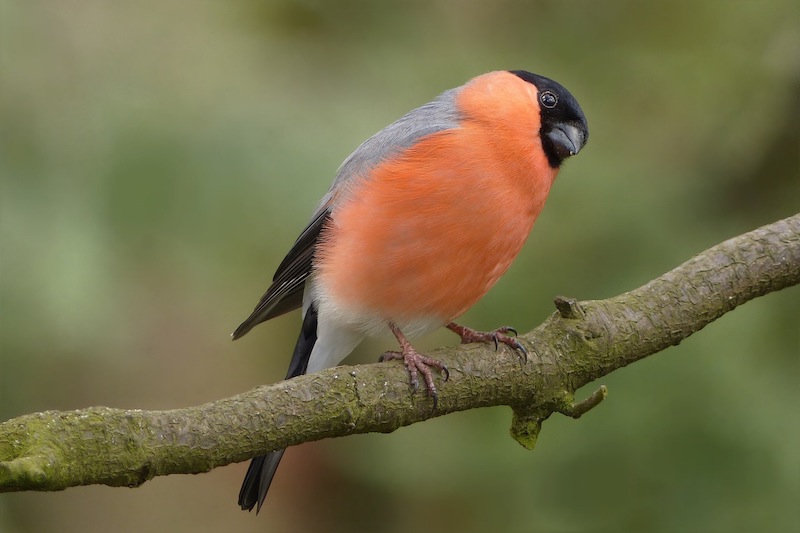

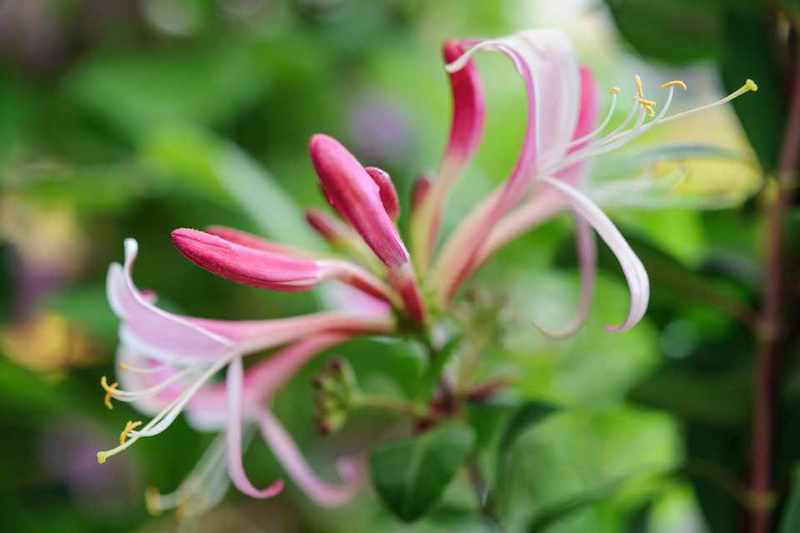

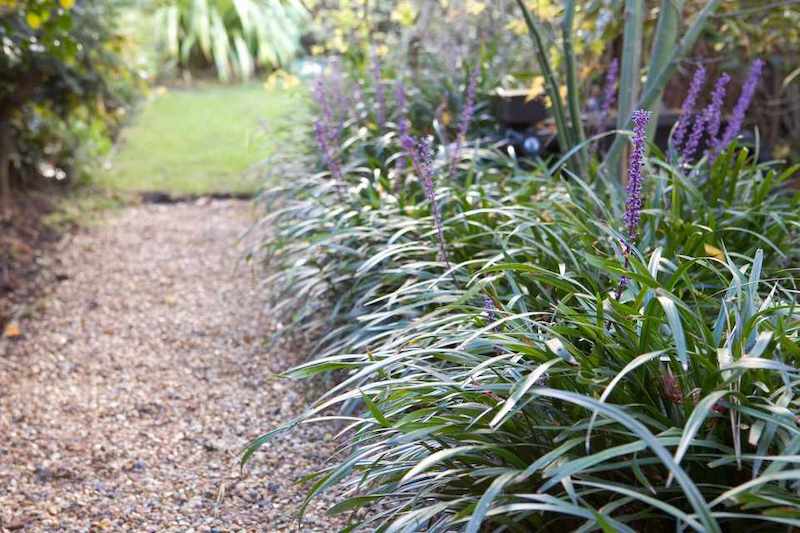
Get In Touch
046 9029710
sales@beechmount.ie
Trim Rd, Navan Co Meath
Let’s Build Your Dream Garden Together
Our staff are here to help you build the garden that will attract the wildlife you want to see in the garden, then sit back and enjoy.
